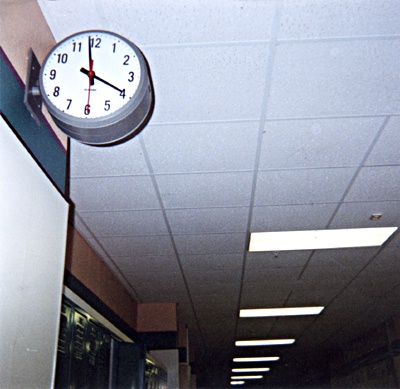All Nonfiction
- Bullying
- Books
- Academic
- Author Interviews
- Celebrity interviews
- College Articles
- College Essays
- Educator of the Year
- Heroes
- Interviews
- Memoir
- Personal Experience
- Sports
- Travel & Culture
All Opinions
- Bullying
- Current Events / Politics
- Discrimination
- Drugs / Alcohol / Smoking
- Entertainment / Celebrities
- Environment
- Love / Relationships
- Movies / Music / TV
- Pop Culture / Trends
- School / College
- Social Issues / Civics
- Spirituality / Religion
- Sports / Hobbies
All Hot Topics
- Bullying
- Community Service
- Environment
- Health
- Letters to the Editor
- Pride & Prejudice
- What Matters
- Back
Summer Guide
- Program Links
- Program Reviews
- Back
College Guide
- College Links
- College Reviews
- College Essays
- College Articles
- Back
The Perks of Being a Wallflower by Stephen Chbosky
In the novel, The Perks of Being a Wallflower by Stephen Chbosky, Charlie is portrayed as a very shy boy trying to fit in. In this new world of high school, Charlie struggles to find his way on his own. He befriends many seniors from school such as Sam, Patrick, Mary Elizabeth and Alice who all help him survive his freshman year, despite the large age difference. In the movie, directed by Chbosky, Charlie is the same quirky and awkward character from the novel, however, there are a few differences with the plot line. These differences are relatively minor, however, they do still have an impact on the overall flow of the story.
Although the major aspects of what happens to Charlie throughout the book remain the same in the movie, there are slight differences in his character. In the book, Charlie is seen as more depressed due to his frequent cries about his life. He consistently acted as though he had no purpose in the world, and all he would ever do was complain. In the film, Charlie seems like a generally happier person. He still has depression issues, but he does not cry as much as in the book. Seeing him as a real person in a movie gives the audience a better way to really see and understand Charlie. Viewers get to see his funny and happier side rather than witnessing the side of him that is always melancholy. Part of the reason for this was that in the film, viewers get to visualize Charlie’s interactions with people, having fun, and making friends. In the book, readers only get to know Charlie from his point of view in his letters to the anonymous recipient. Being able to see Charlie participate in more exciting and happy events allows the viewer of the film to see the real Charlie when he is active rather than alone and depressed. Another part of being able to see things in the film that you cannot see when reading the book is the dynamics of his school life and his encounters with Mr. Anderson. Since we could not see the classroom itself and understand what was going on during Charlie’s English class in the book, being able to visualize these interactions gave the viewers of the film a better perspective on how Mr. Anderson and Charlie interacted with each other. Viewers got to watch them communicate face to face, and they got to see how Charlie truly acted in class, without him hiding behind the shelter of his own writing.
Besides the differences in Charlie’s character, there are changes in his family and family dynamics. In the book, some events that take place with his family are more important to the plot than they are in the film. For example, when Charlie witnesses his sister get abused by her boyfriend, it is a vital part of the book. The dynamics of Charlie and his sister’s relationship change after that moment. He starts to feel distant from his sister due to his loss of respect for her and the fact that she accepts her boyfriend treating her so poorly. In the film, this scene is a lot less meaningful to the story and to the plot because nothing comes of it. The insignificance of this scene gives the viewer an idea that Charlie and his sister were not very close, so this incident does not change their relationship. Furthermore, another important dynamic change in their relationship found in the book is when Charlie’s sister gets pregnant. The circumstances were not favorable, however, this allows Charlie and his sister to become close and have a better sibling bond than they did before it happened. It made Charlie happy that his sister trusted him with that information. This event reconciled their relationship from when Charlie saw her boyfriend hit her. In the film, however, this scene does not exist. Charlie’s sister does not get pregnant in the movie, so the influential bonding moment does not occur. This caused the relationship between him and his sister to be less developed and more awkward. The changes in the characters and in their relationships are the main differences between the film and the novel.
Since the film was directed by the same author of the story, the book and film were relatively cohesive with the exception of some changes in Charlie’s character and the other characters. However, these differences did not affect the success of the film. Both the novel and the movie are very popular, making Stephen Chbosky a successful author and director. Whether the story is read through the book or watched as a movie, The Perks of Being a Wallflower is a relatable story for teenagers who are coming of age and losing their innocence.

Similar Articles
JOIN THE DISCUSSION
This article has 0 comments.

This is a piece comparing the book and movie and their differences.